City of archive
Video file
ABSTRACT
The idea of archive art continues to be an undeniable force and organizing
structure in exhibitions today. The flexibility of archive art privileges it to be materialized in multiple disciplines like Photography, Painting, Sculpture. To employ different methodologies and media: collage, book, installation, and exhibition.
In the process of making and representing archive art, architecture has never been the protagonist but acts as the “White Cube” that only provides the place in a very superficial nature of this discipline. While the interrelationship of archive art is trying to build up the context within the artwork, this process loses the opportunity to involve the viewer through various perspectives.
This thesis is to challenge the absence of spatial intervention in archiving by utilizing architecture as a medium to collect, make and curate to further achieve the ambition of knowledge sharing by envisioning a city of archive.
Video file
Image
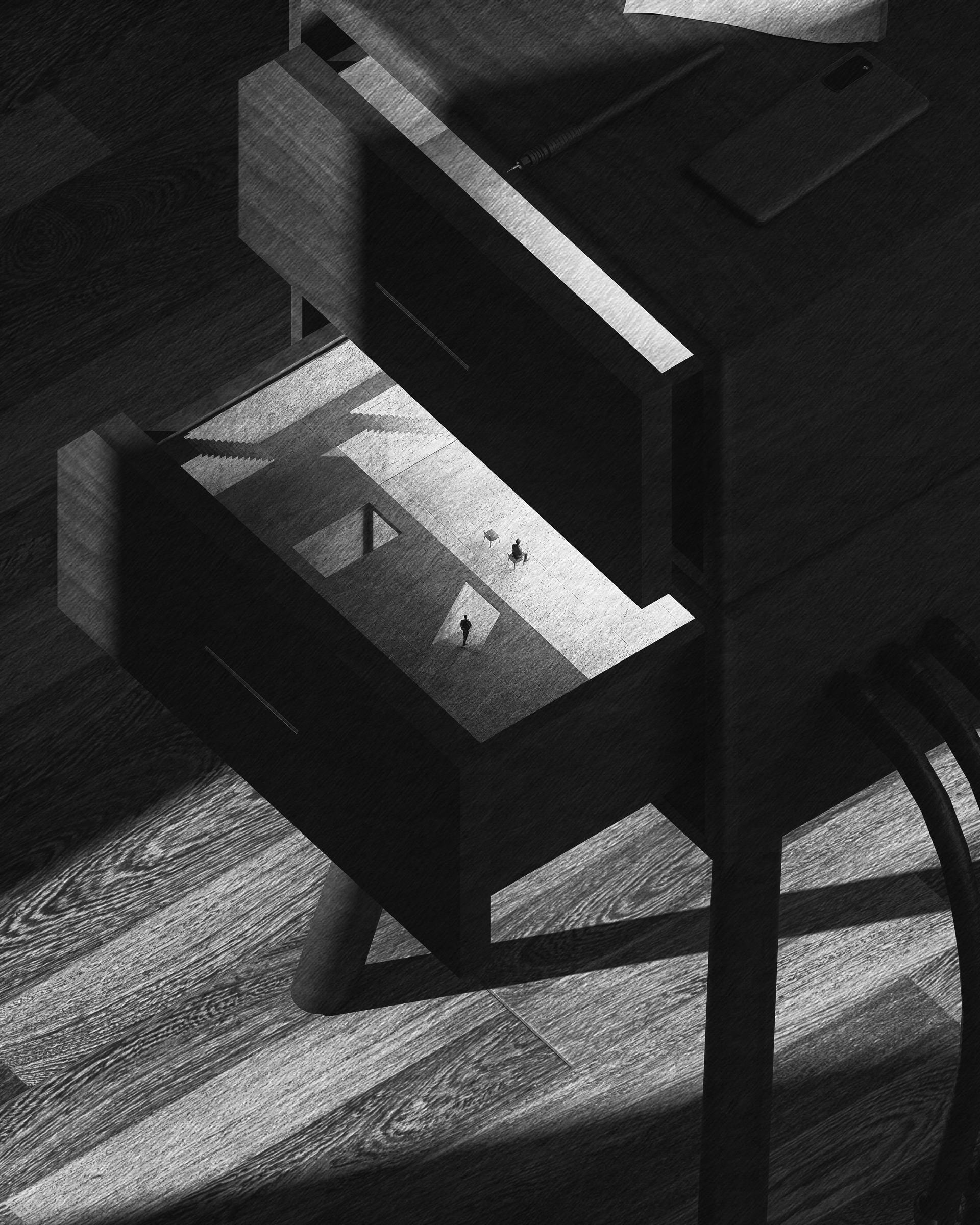
Image
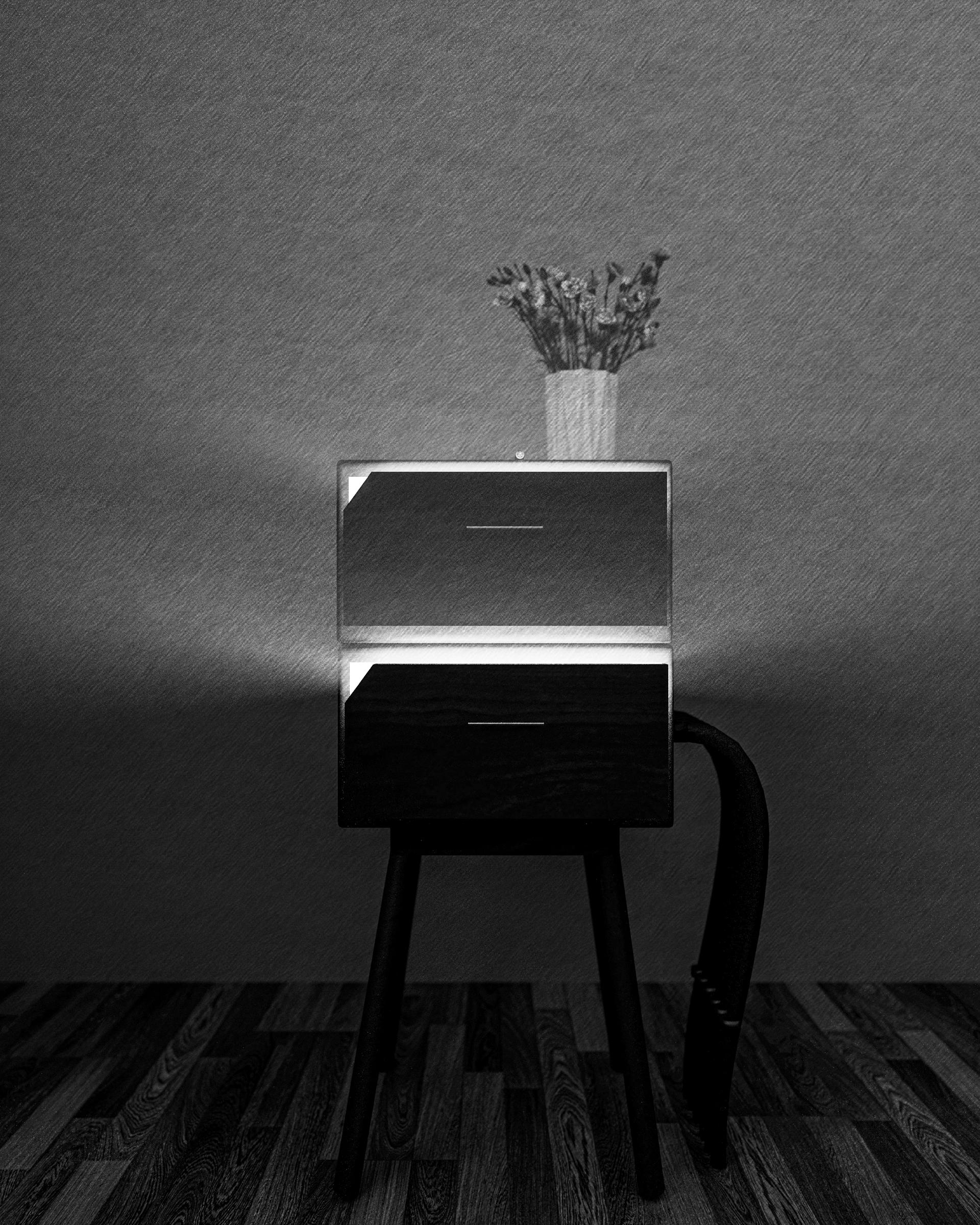
The thesis questions the traditional way of archiving by proposing architecture prototypes that spatialize and visualize the archive process to enlarge the analogies and remote connections that act invisibly between the chosen items.
Image
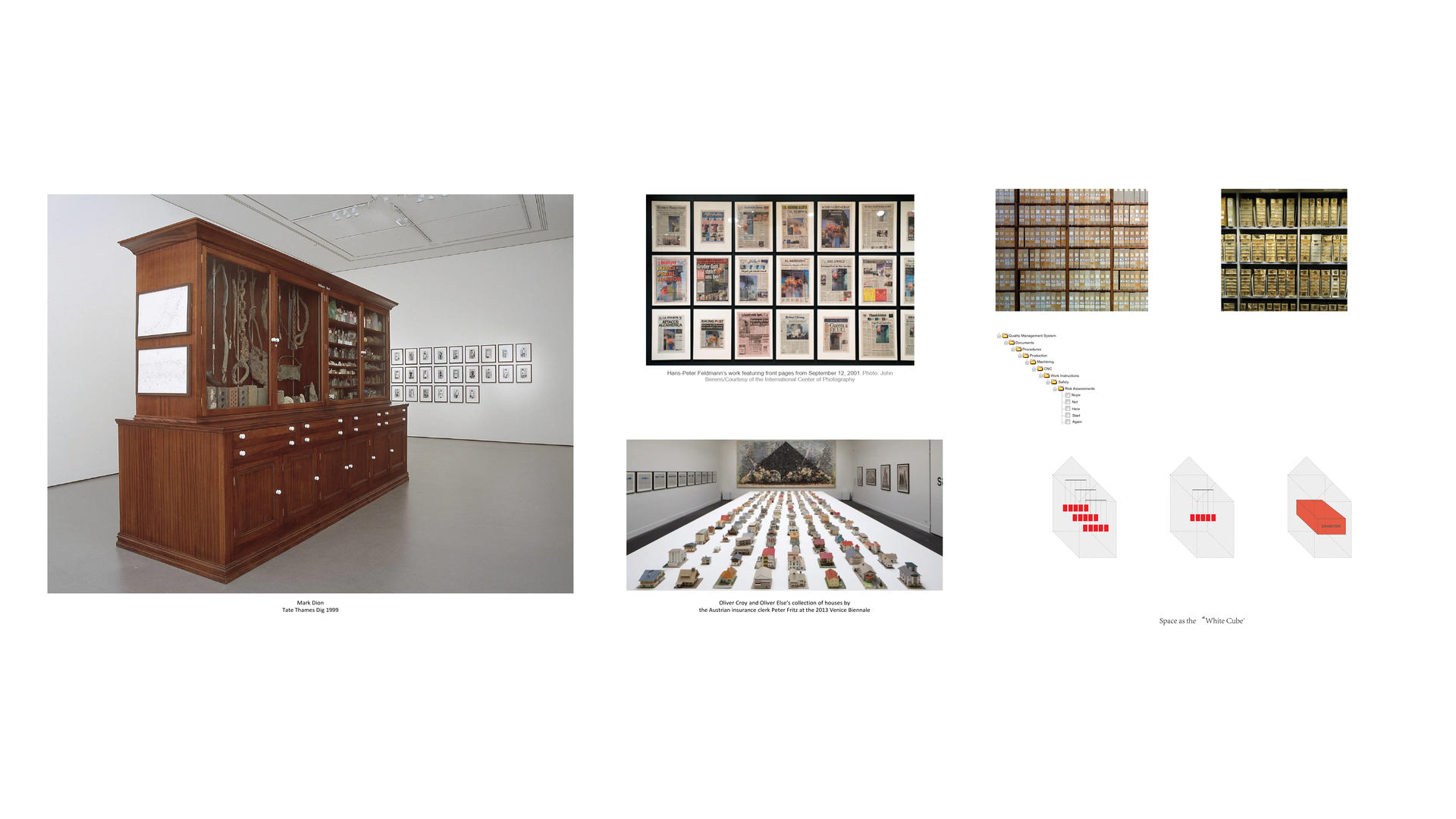
Stage 1: To Collect
In the first stage, the archive process was defined and spatialized as several prototypes.
These prototypes prevent the collecting process from being trapped by the photographic replica or engulfed by tons of names and numbers by proving an immersive and interactive experience through architecture’s interiority and exteriority.
They will also serve as the assembler for the next stage.
Architecture Prototypes for Archiving
Image

The Fragmented
The “fragmented” is items without obvious connections, at this stage, items are chosen because of alluding to someone’s own interests, there isn’t an obvious connection between them.
This prototype is trying to show a fragmented and primitive archive status, items were held by different vessels waiting to be revisited.
Image
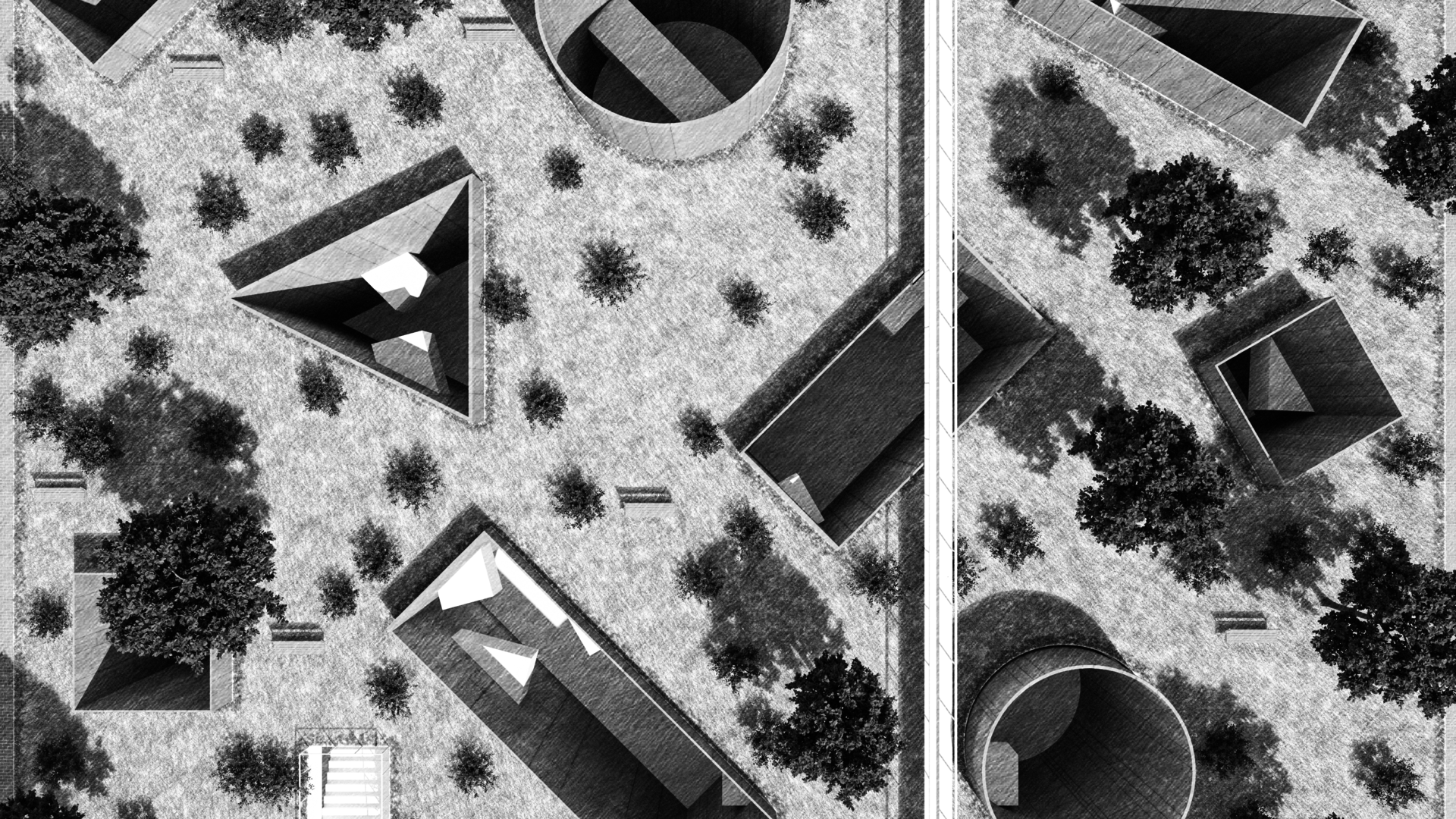
Image
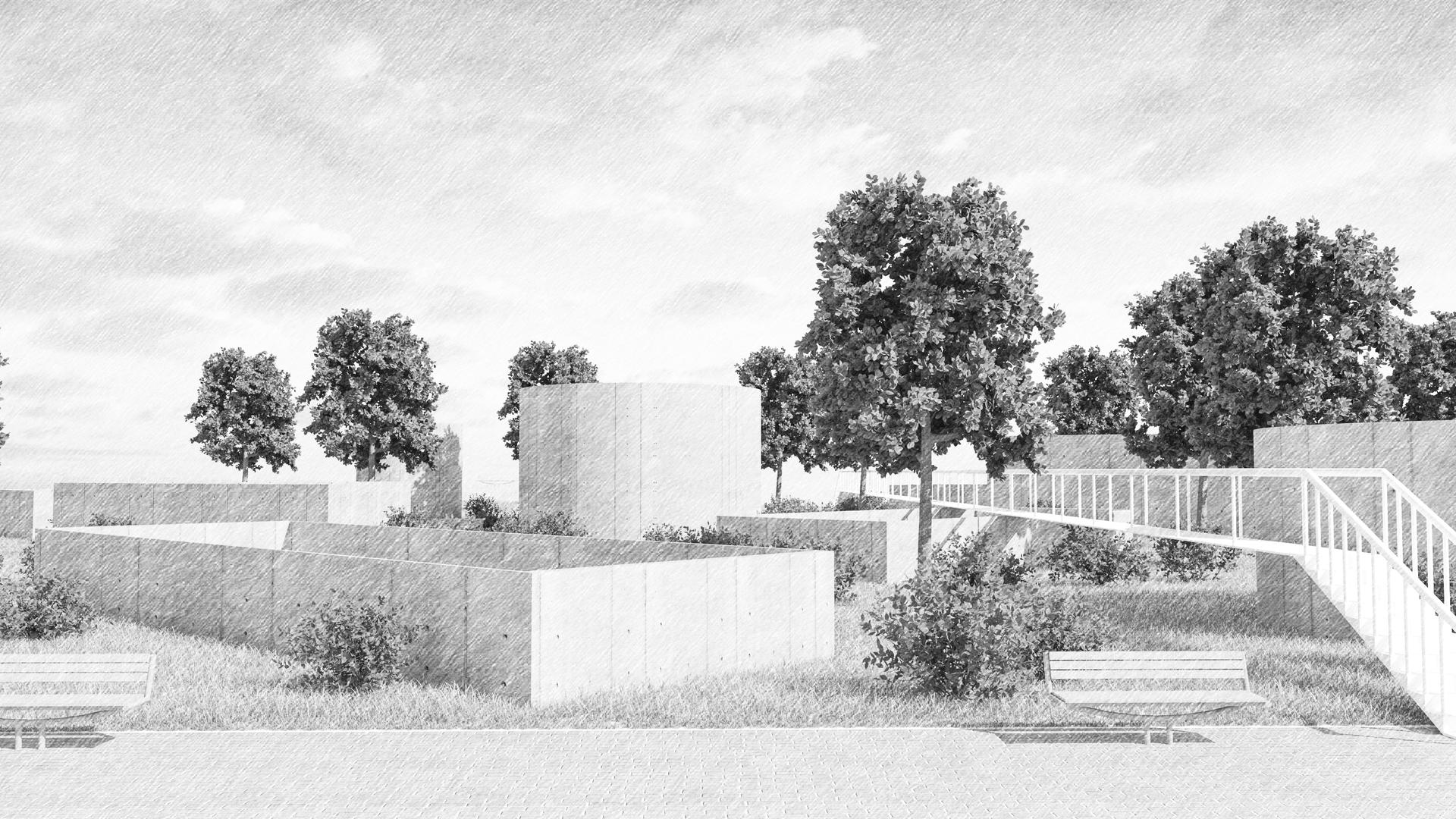
The Group
The Group is defined as items of the same genres or share the same theme, or made by the same author. At this point, each item is still an individual piece but a field is defined by a topic which was represented by the continuous wall here. The individual status was enlarged here to emphasize the bilateral relationship between the object and the collector.
Image
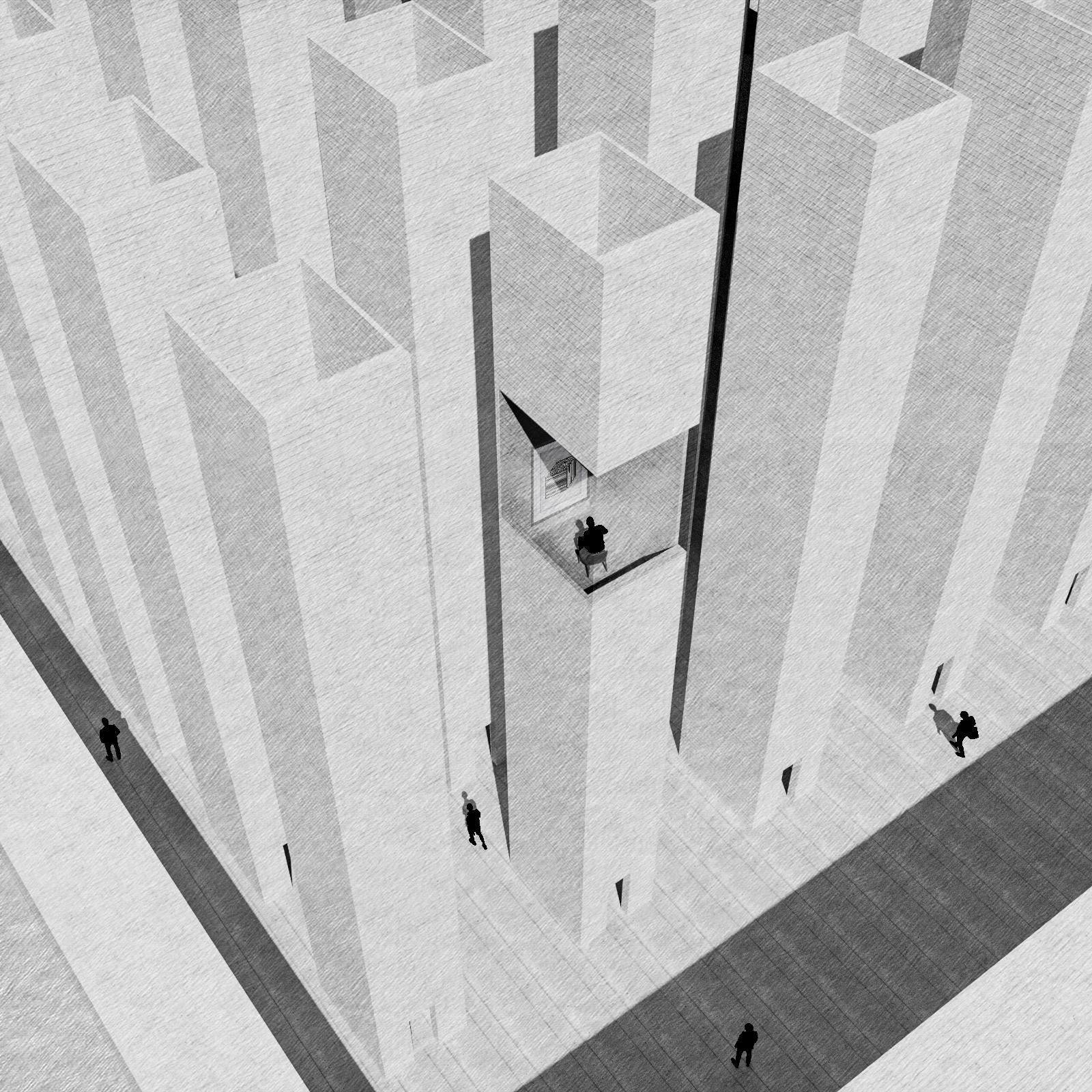
Image
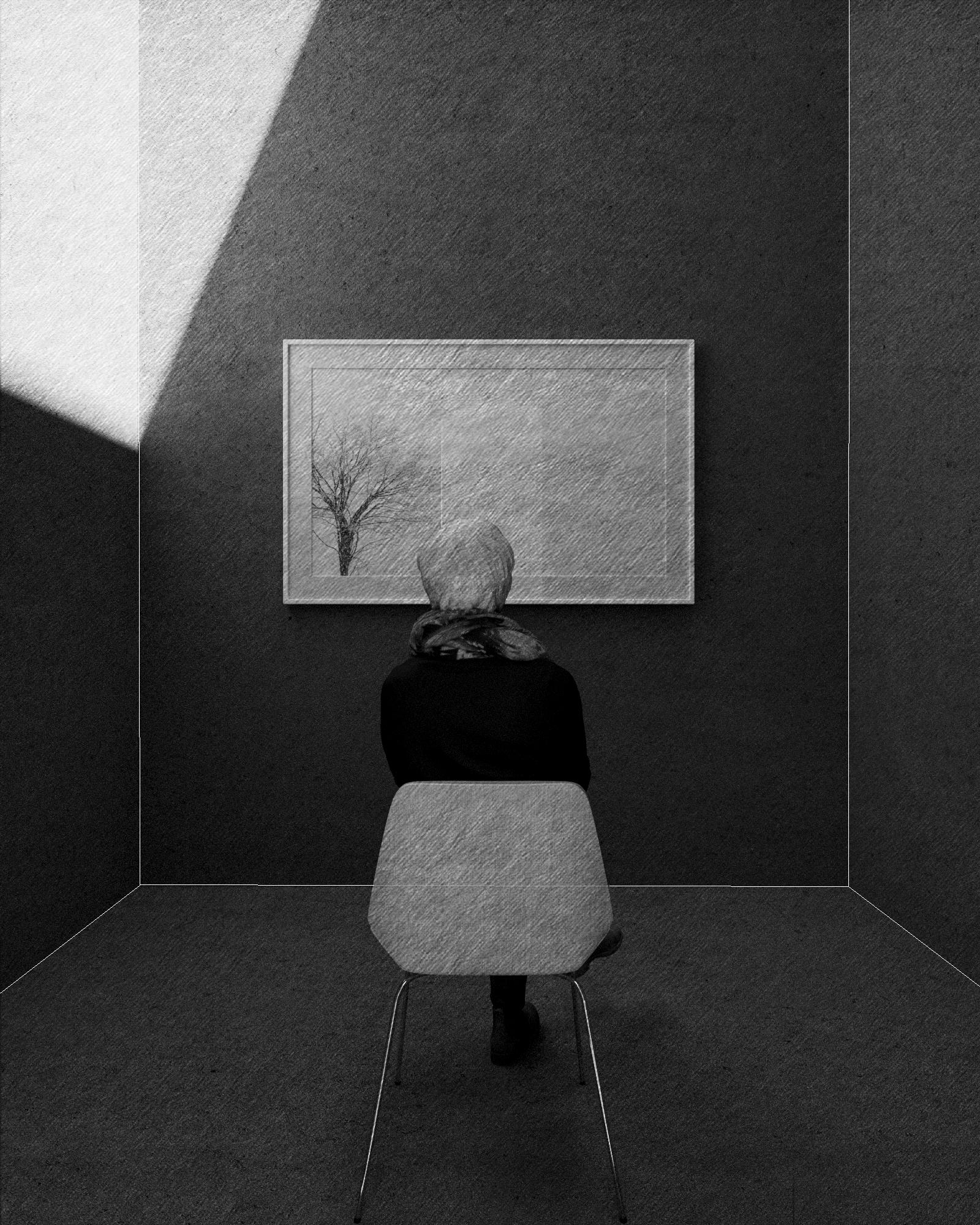
The Series
A series is defined as When an element consistently expanding the collection, the viewer is kind of obliged to interact with items one by one by going through spaces to interact with the consistent influence that formed this collection.
Image
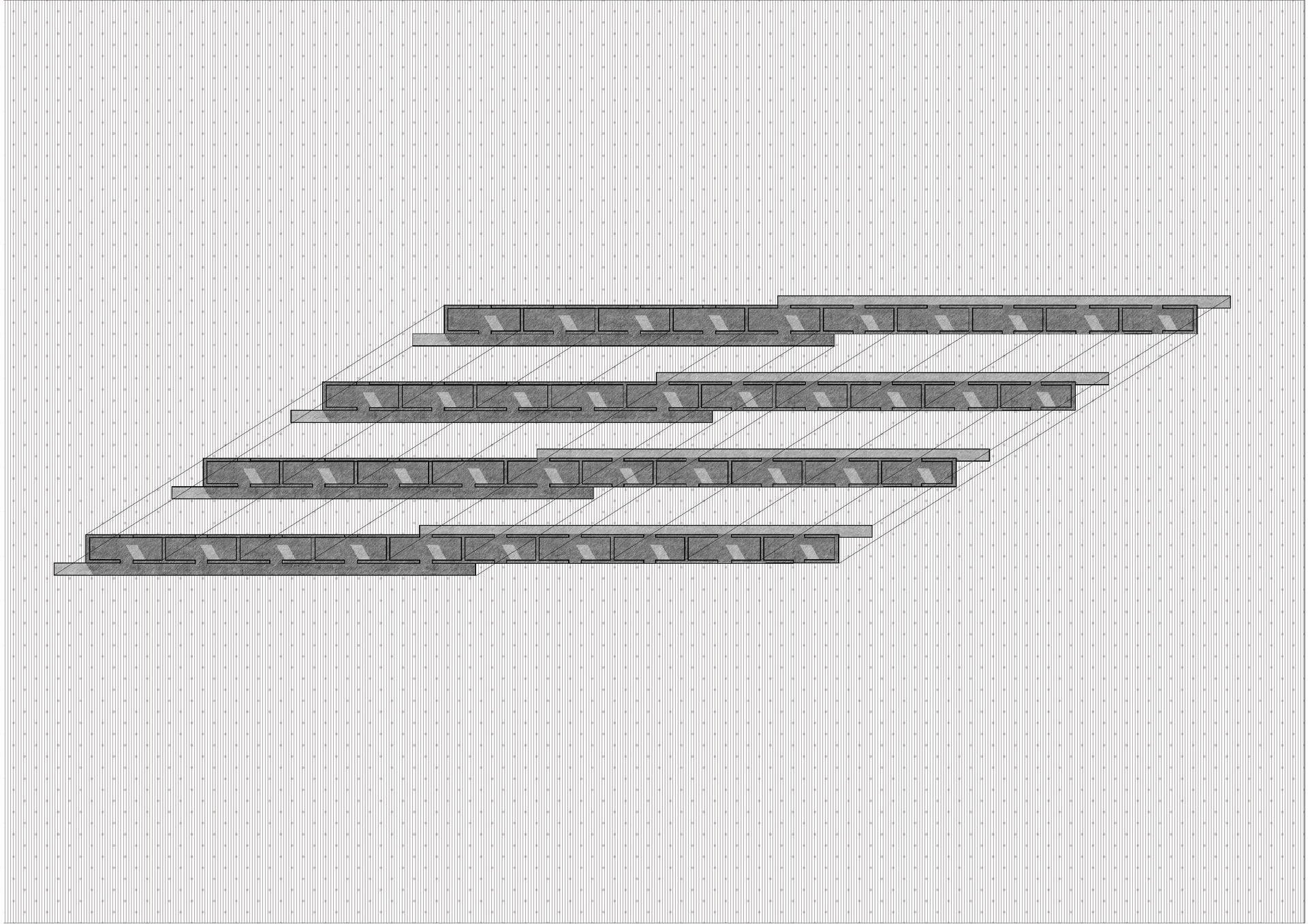
Image
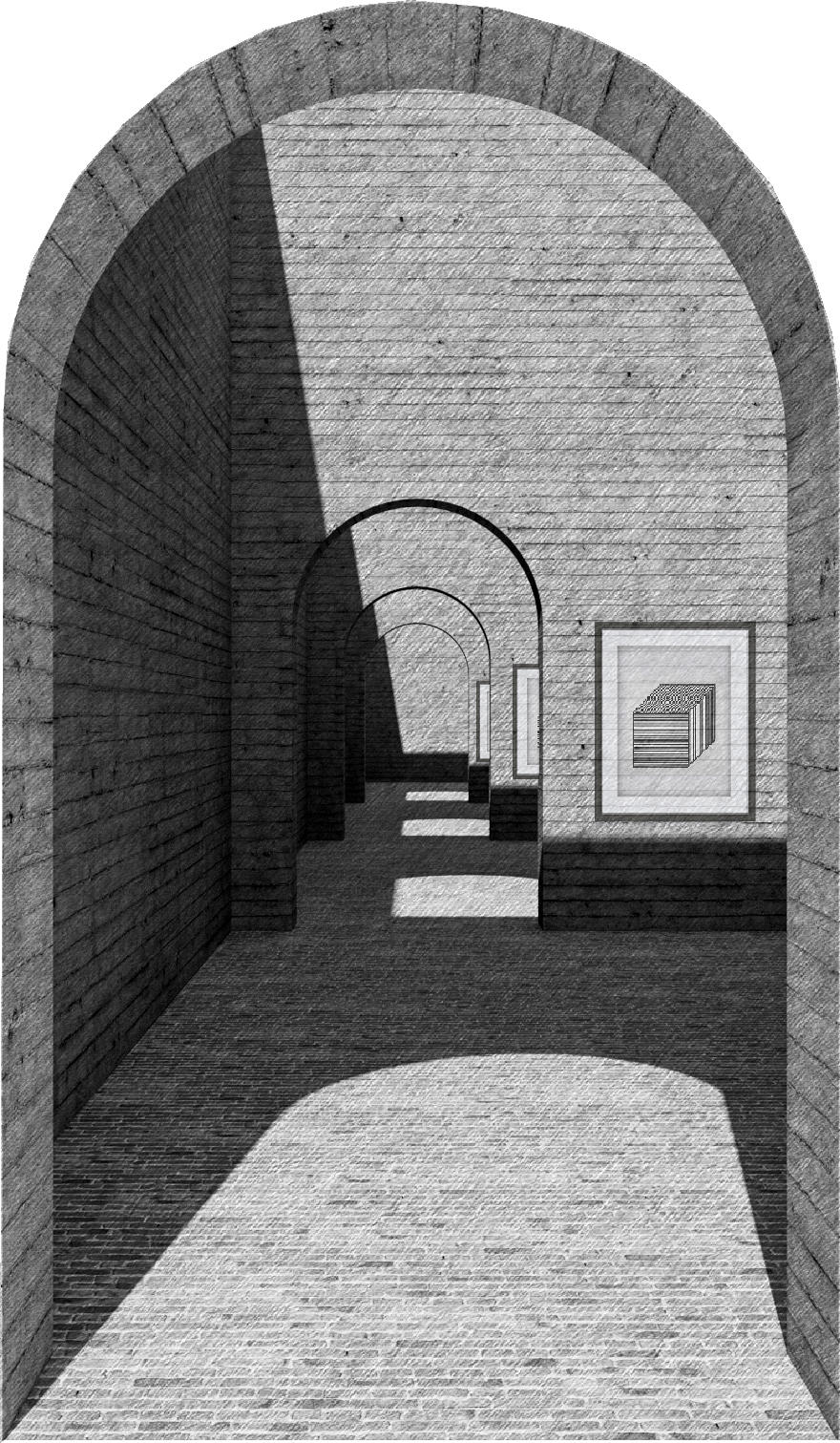
The Sequence
The sequence means a 3d relationship between objects is developed. It is defined when different series start to intersect and relate to each other.
The prototype preserves the linear connection while introducing a visual dialogue between different series of collections.
Image
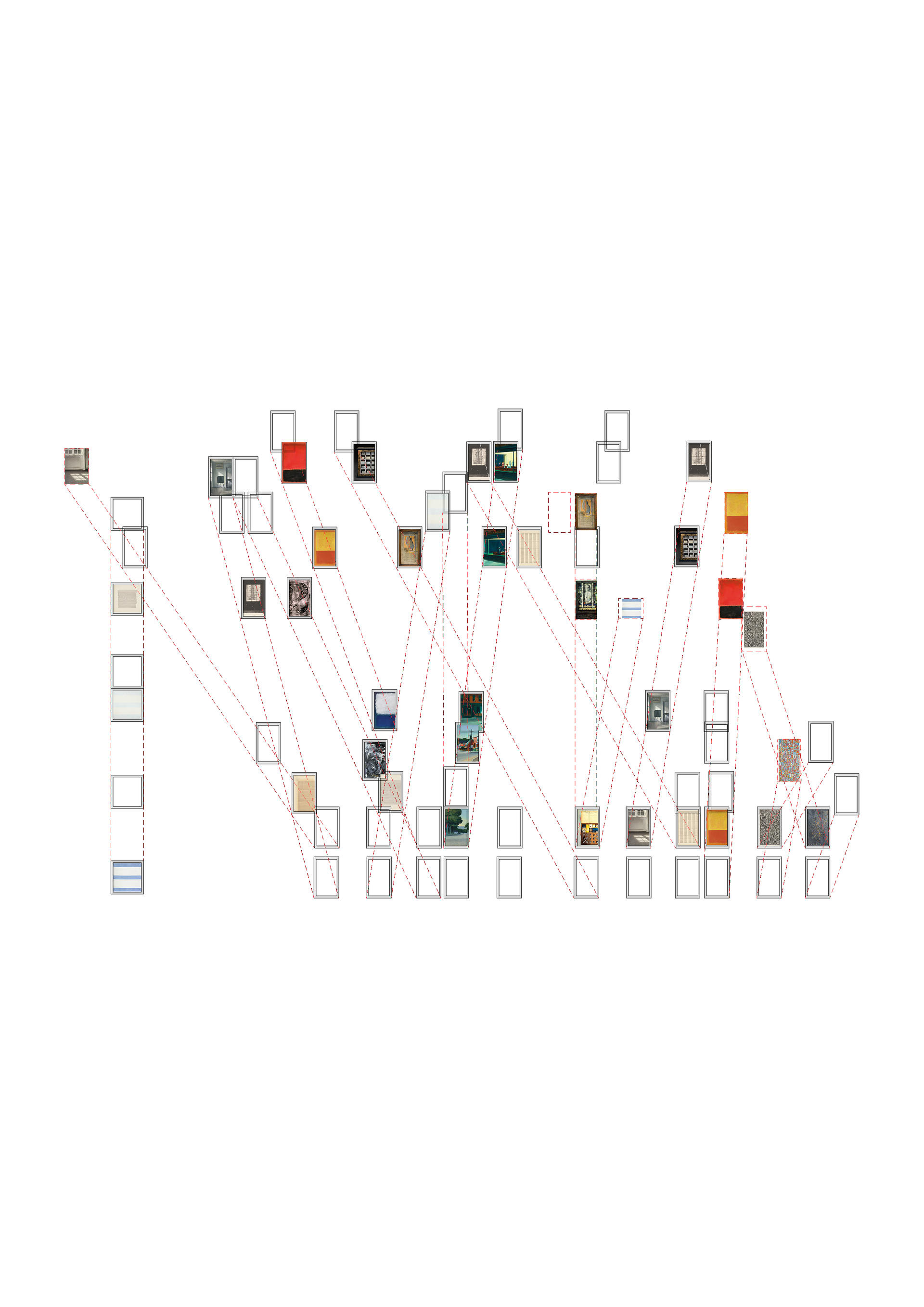
Image
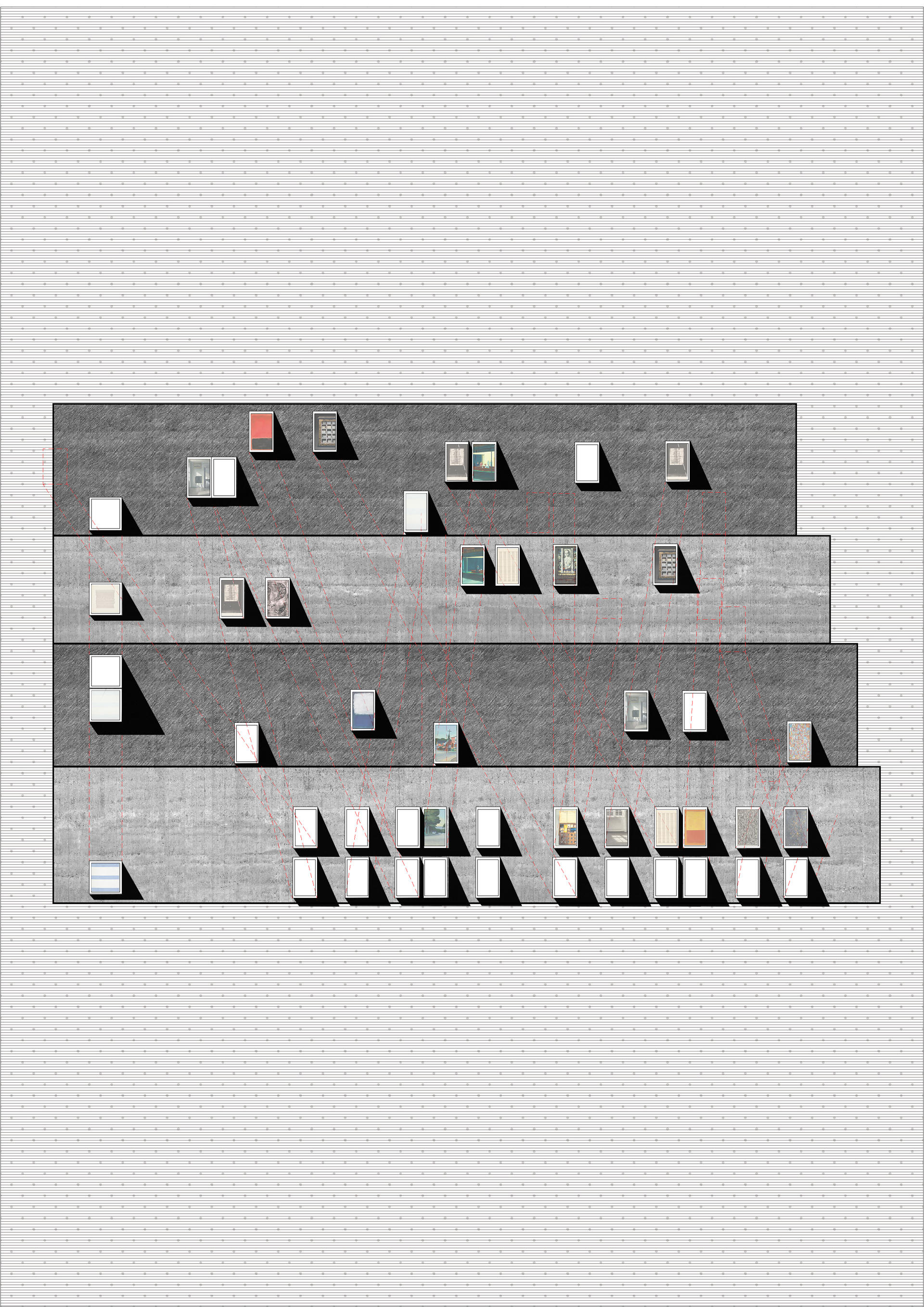
Image
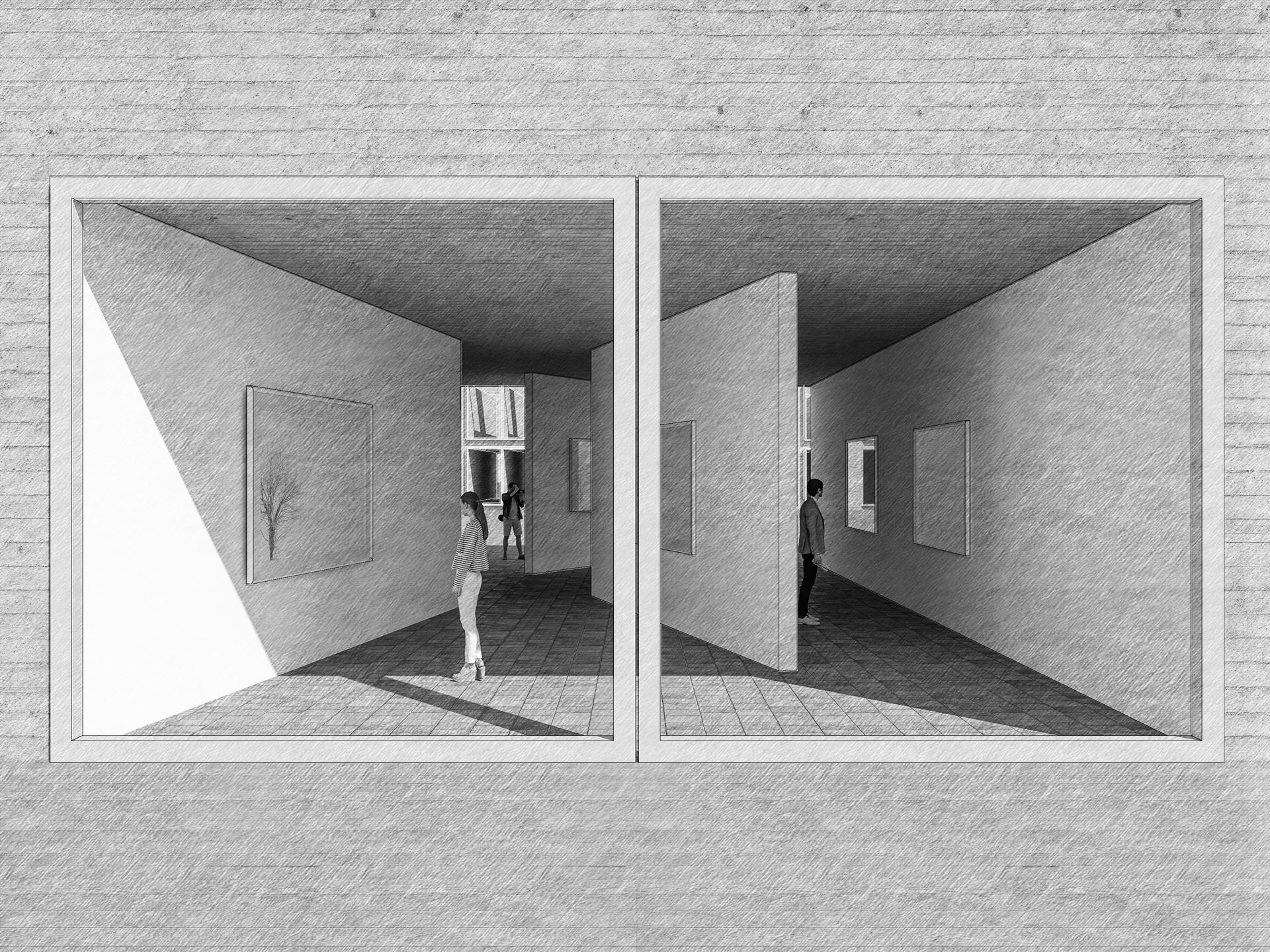
The Converted
The nature of archive art favors interpreting, reproducing, and remaking. The converted represents the reproducing process in archiving that converts and alters the research or collecting path.
Image
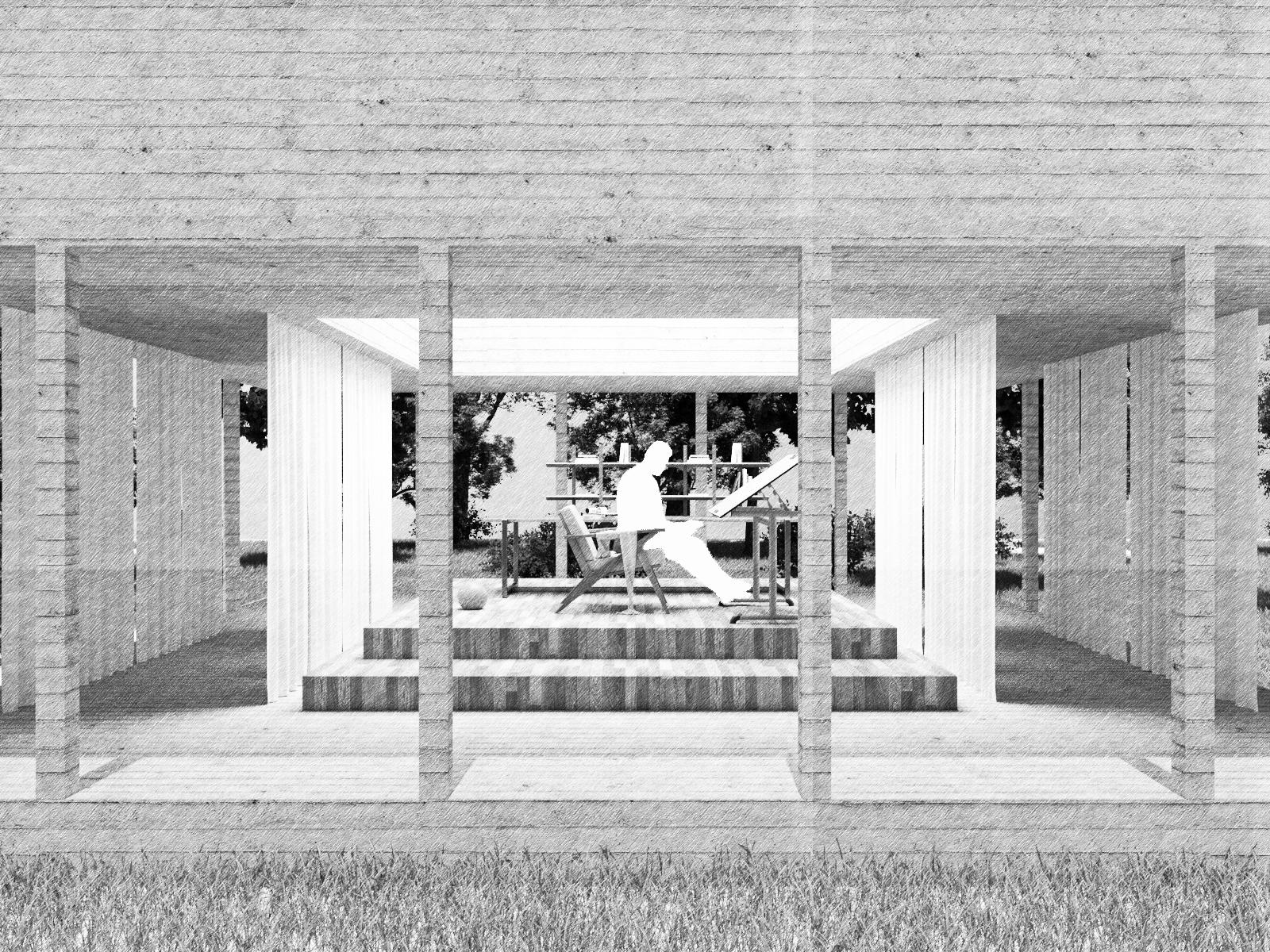
Image
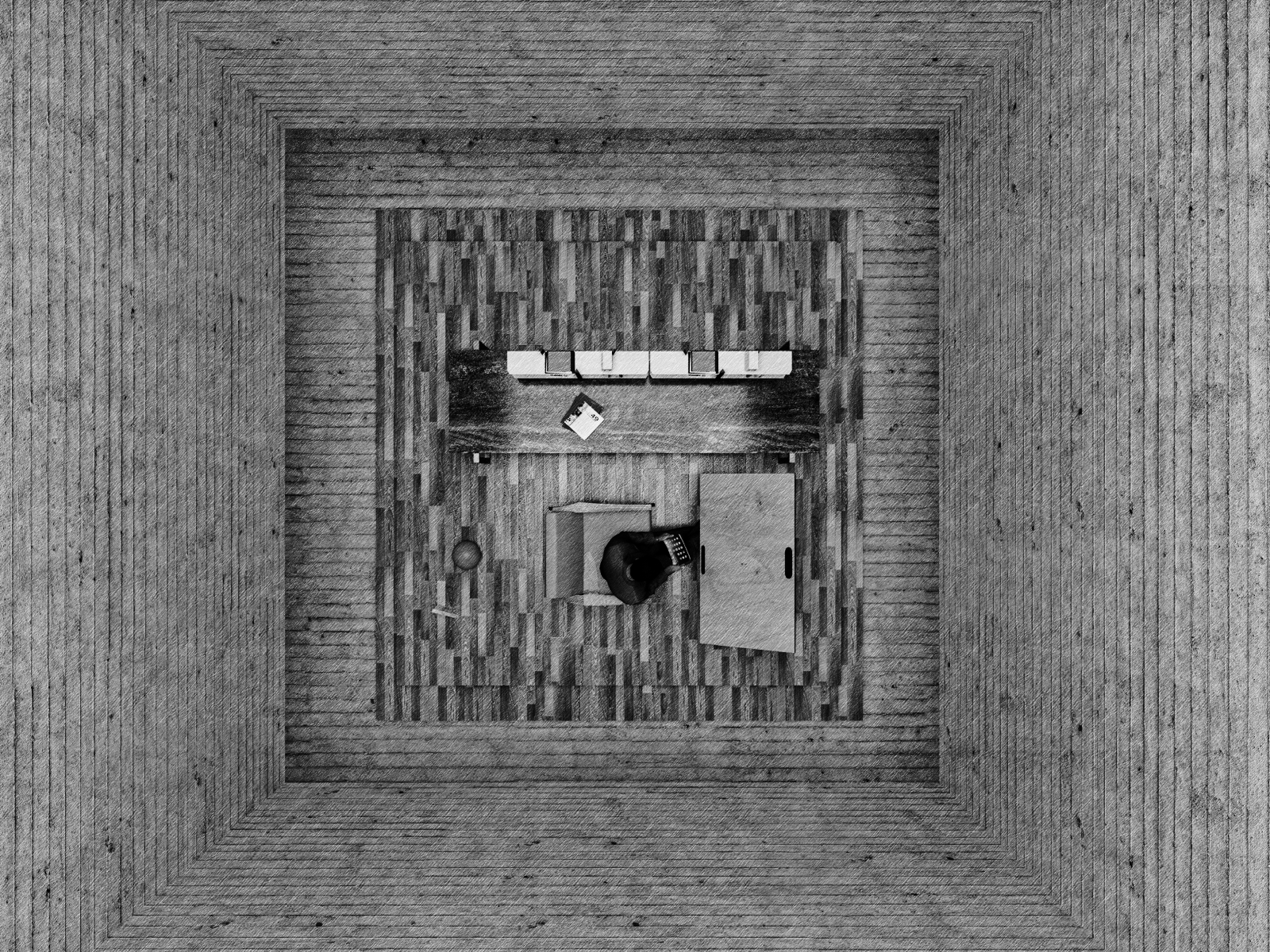
The Documented
The documented phase invites a quick navigating through the preserved content. This also suggests a revisiting process.
Image
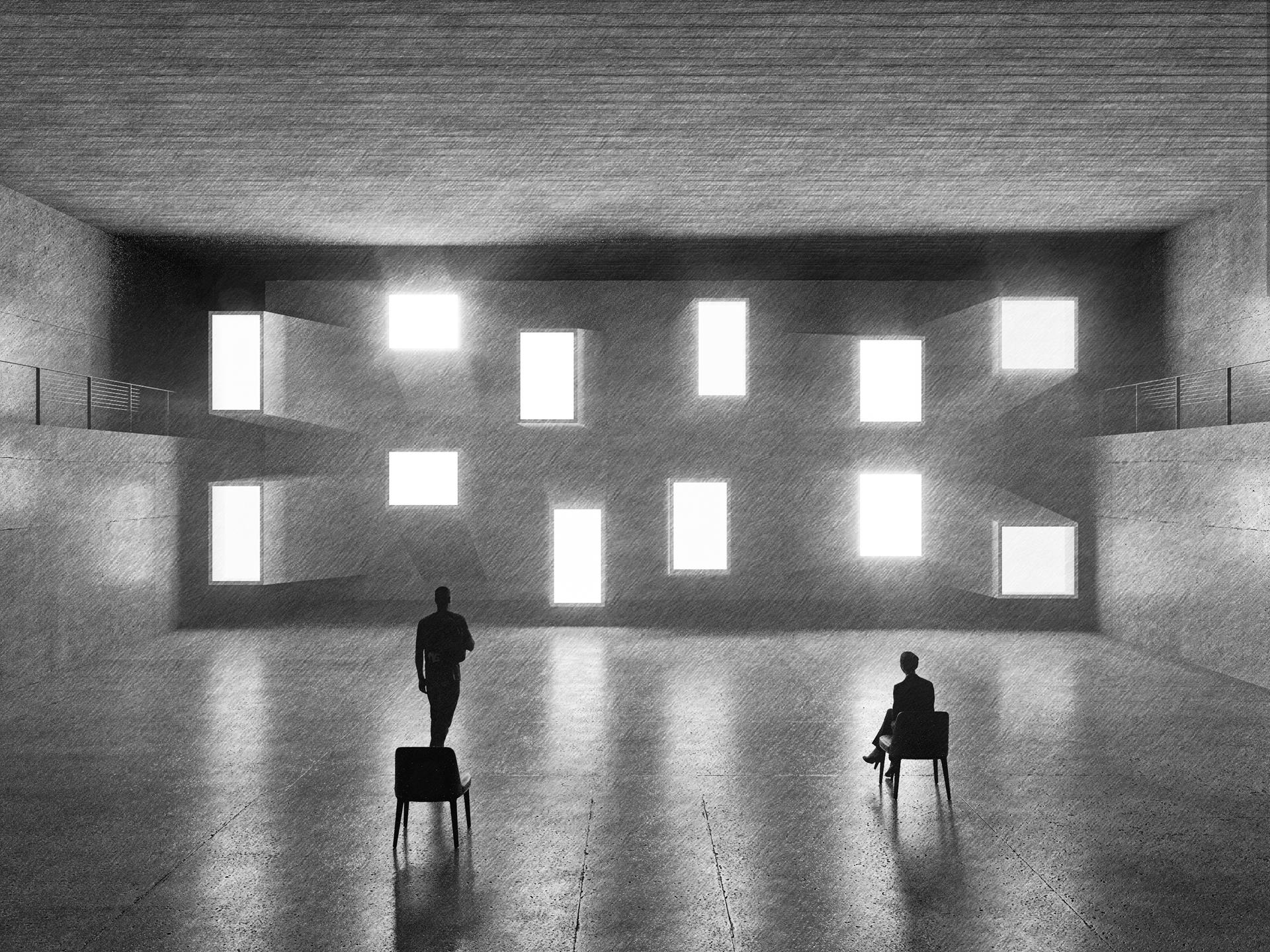
The Spiritualized
The Spiritualized could stand for the core of the archive, it delivers the content or thought that hard to be represented.
Image
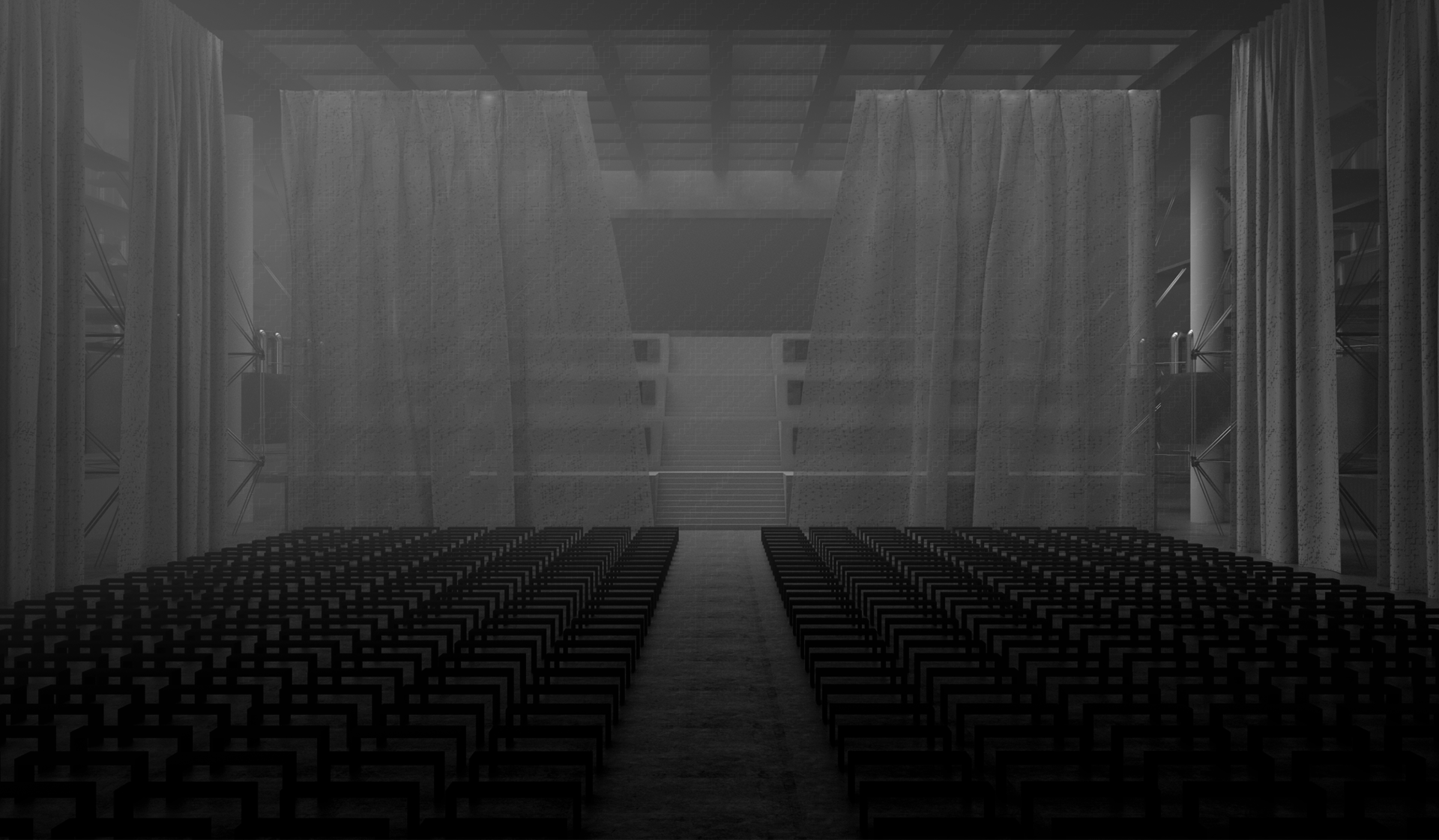
Image
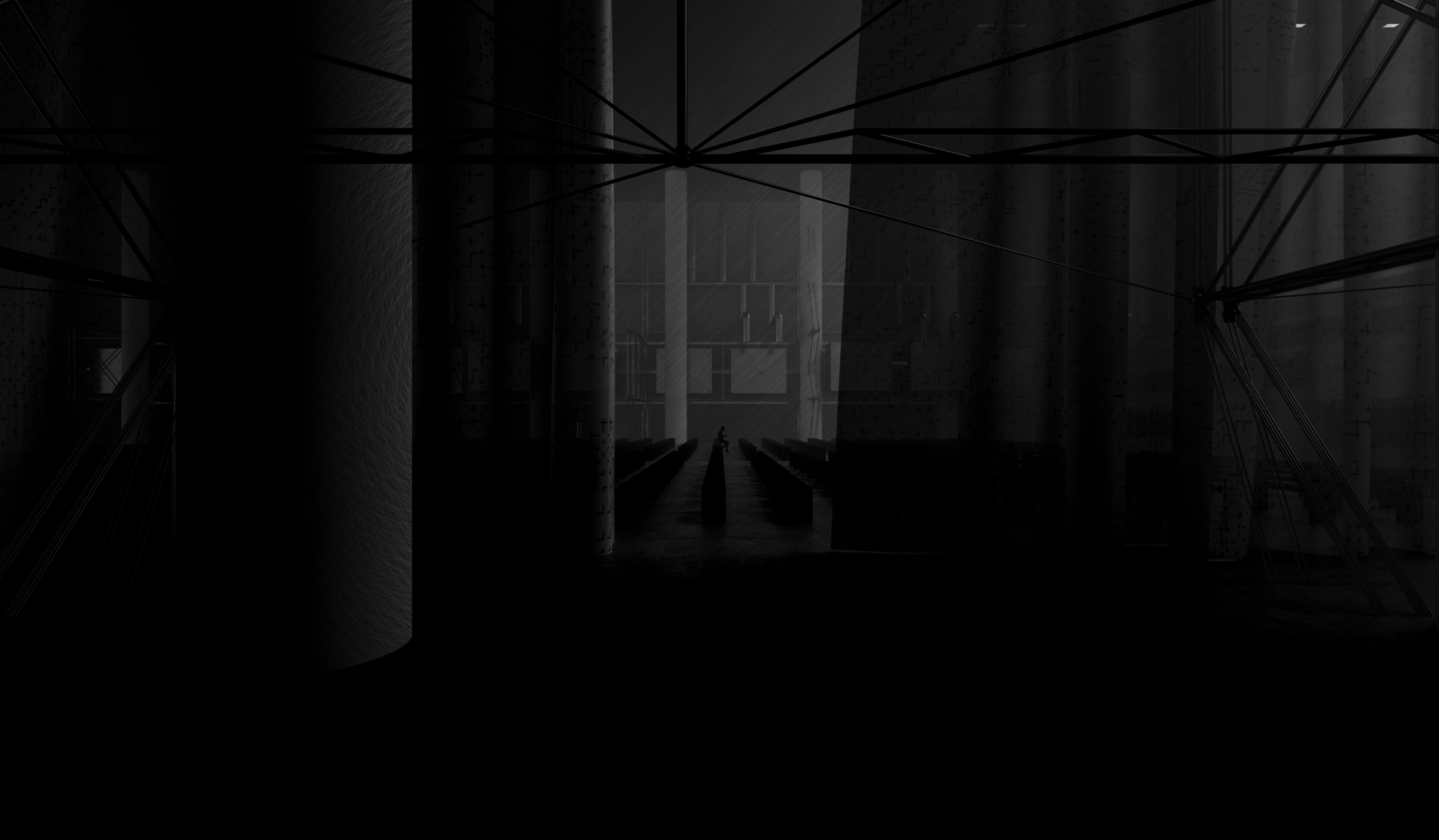
Stage 2: To Curate, City of Archive
Museums and other related institutions sometimes act as the agent of capitalism and colonialism where the way they store information inevitably block the possible communication with others. The ideology of archive art tends to abolish the ownership of forms, or in any case to shake up the old jurisprudence. In this stage, the thesis was aimed to provide the possible foundation for the future digital Utopia where the objects’ physical and colonial value is erased and can be used for knowledge sharing or dispersing purposes. And everyone can be his or her own curator to make their ideas heard, understood.
Image
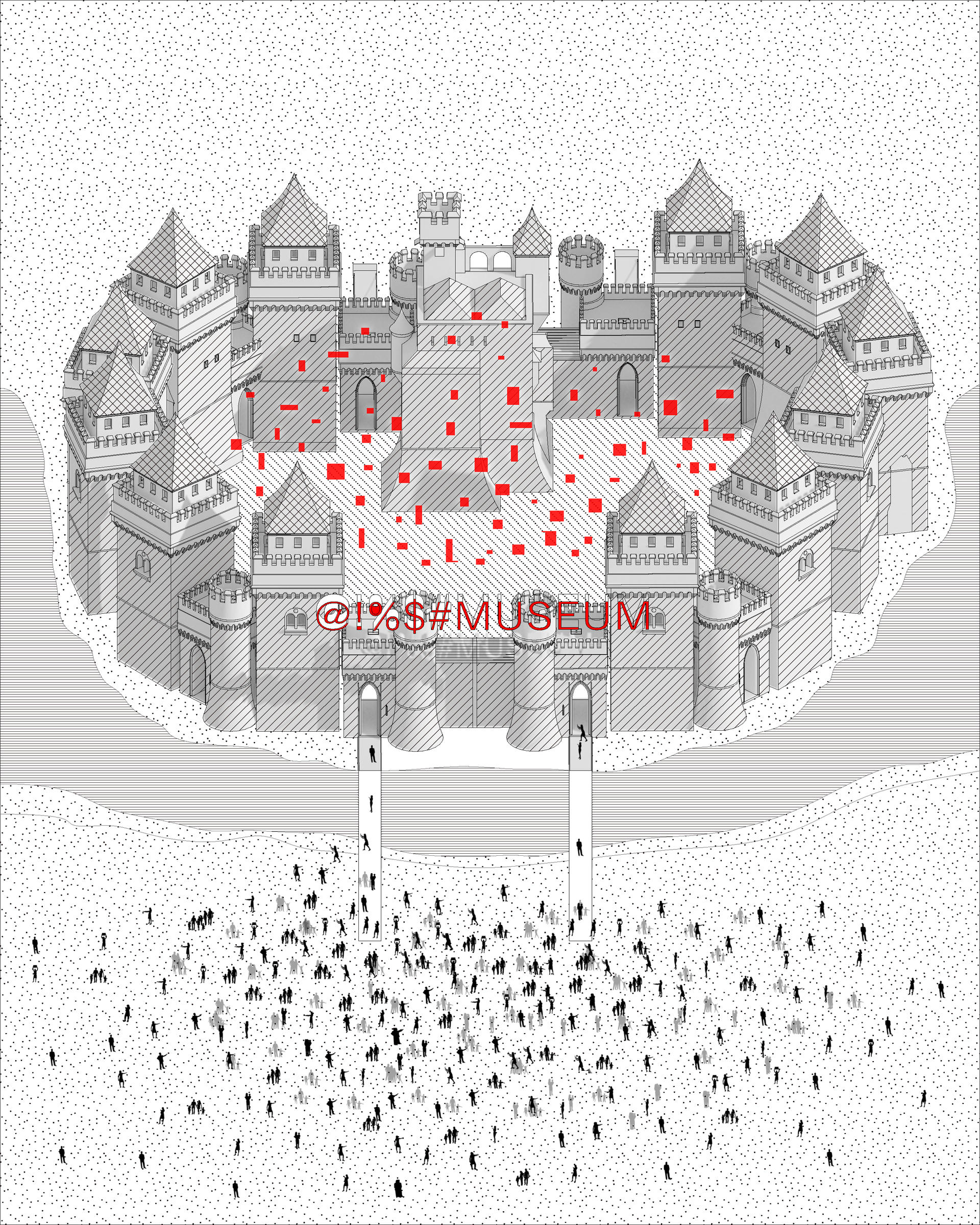
Envisioning an autonomous way of organizing information through the participation of the public
Image
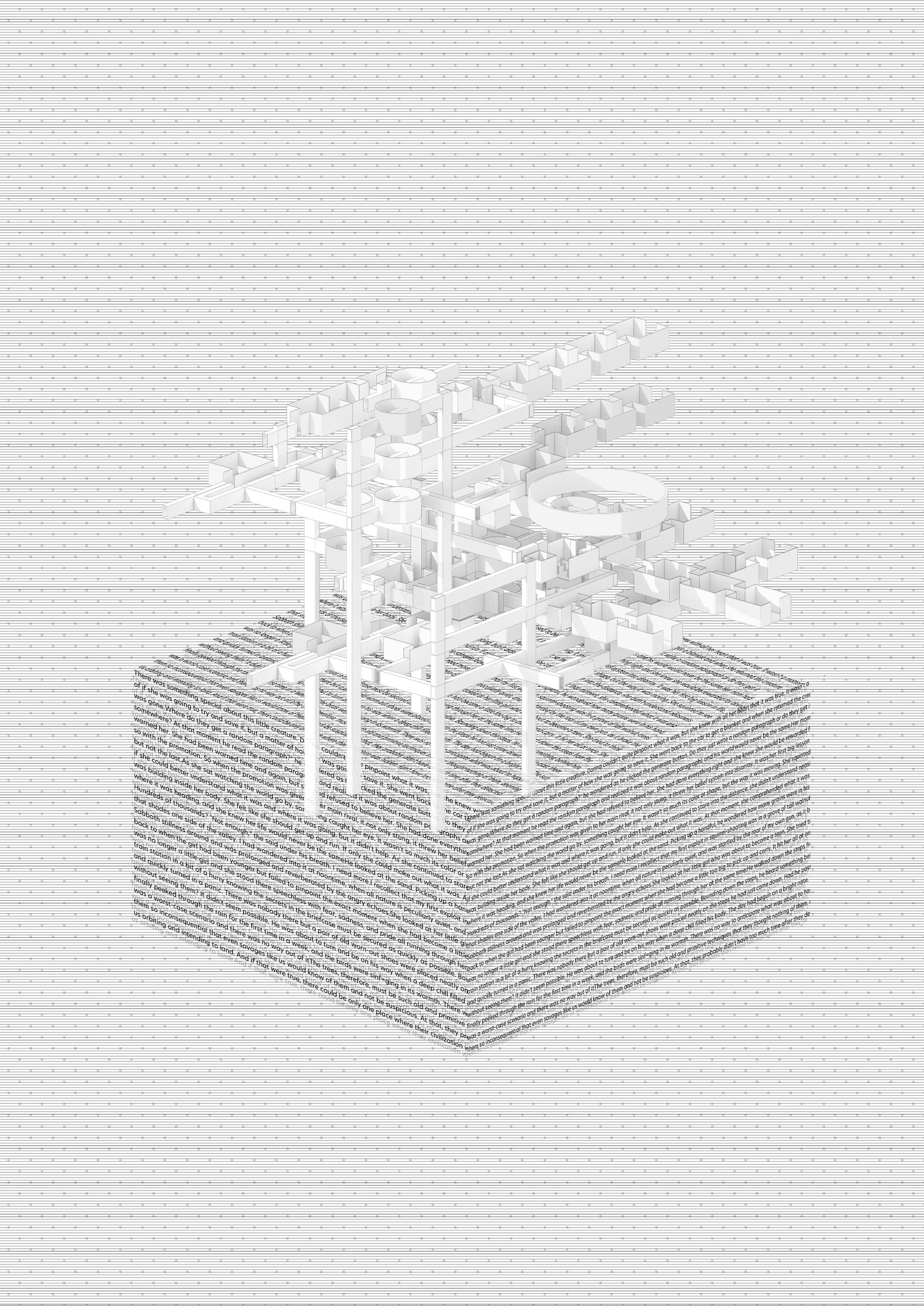
Methodology
In the city of archive, each piece of information is the basic unit that forms the city. They are located in different areas.
The methodology is making iterations of units and replaces them with the prototypes made in the last stage. This means the information was archived and exist in an organized way. The prototypes will be placed in different areas to be provided with different contexts.
Image
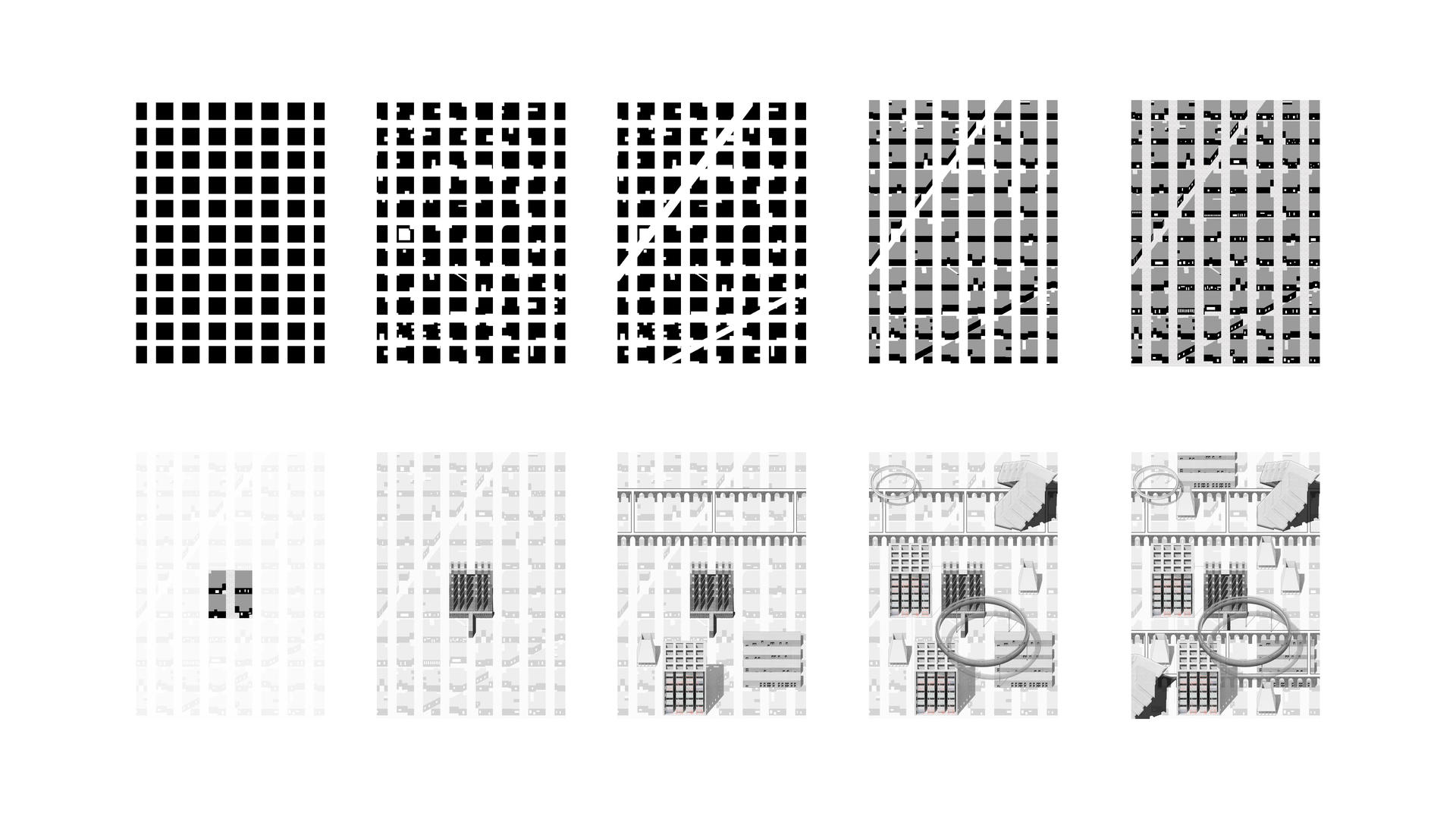
City Texture Study
Image
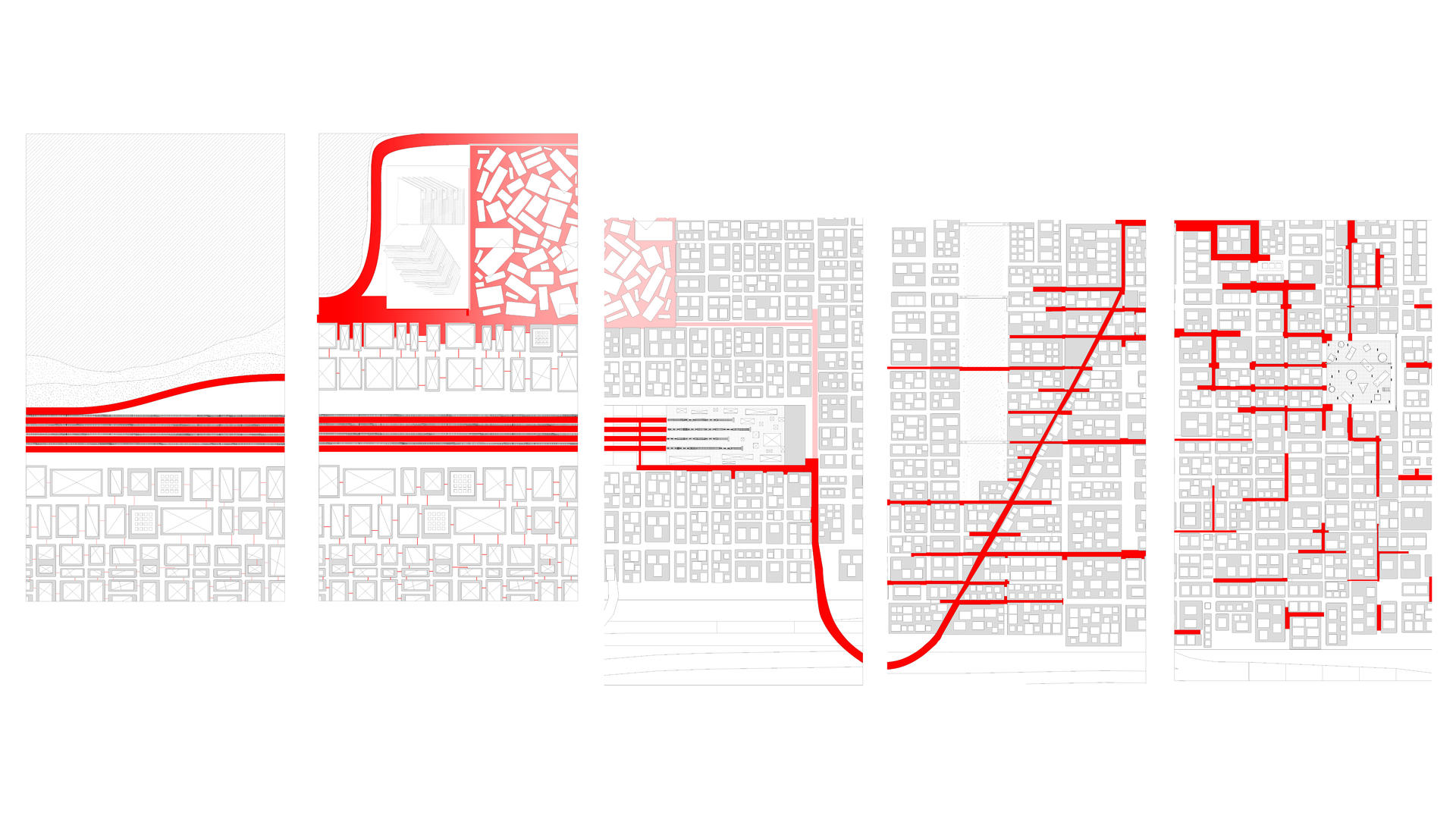
Curating and Locating
Image

Image

Image

Image
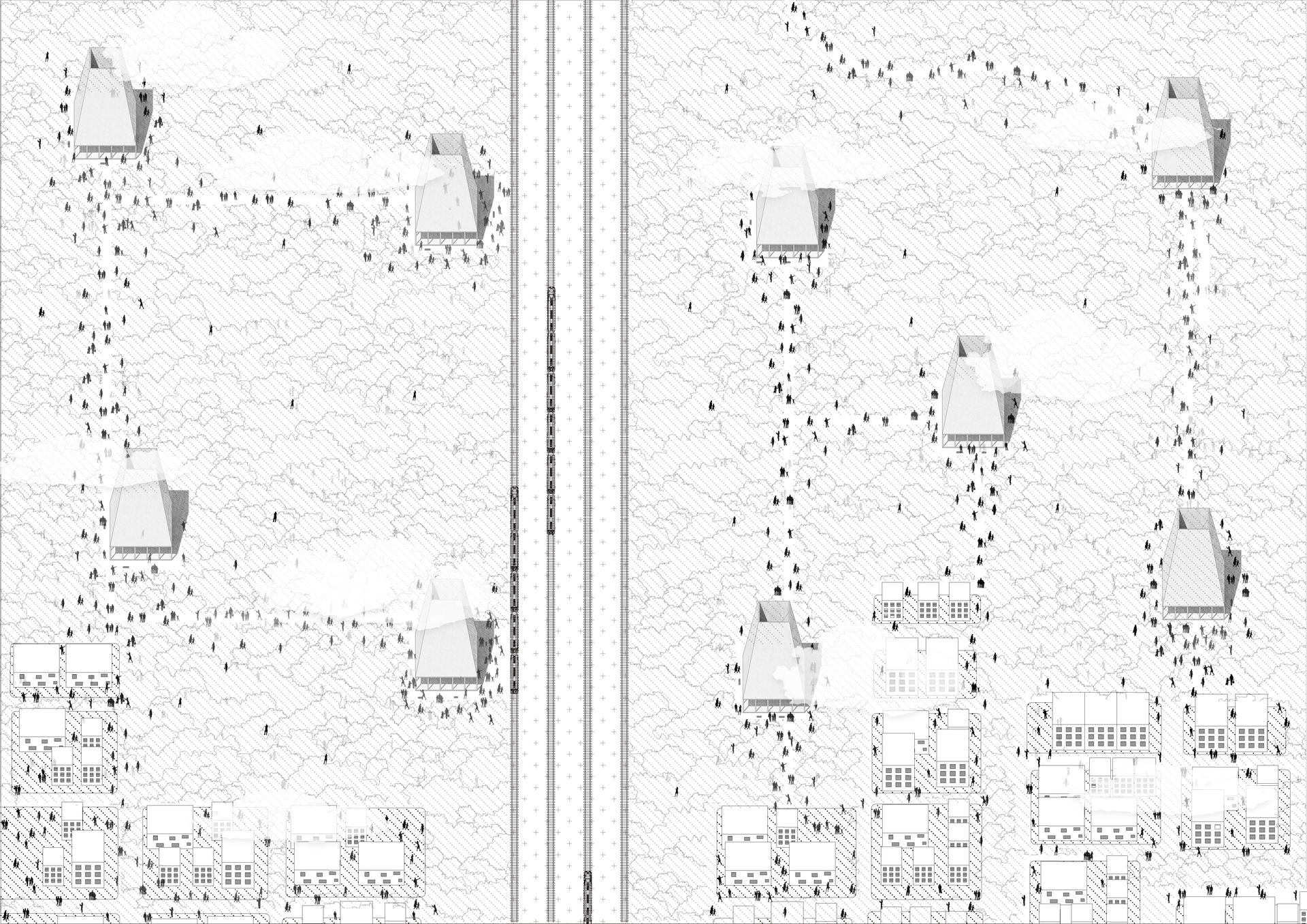
Image

The Final Envision
Image

The circulation and urban texture here provide the visual information that indicates how each archive was accessed, how information was gathered and generated a narrative that represents the experience during the curating and collecting process. By reprogramming and relocating. The narrative naturally pops out. This allows the archive art could be intentionally shared with a representation of the story and experience behind the process of making.
